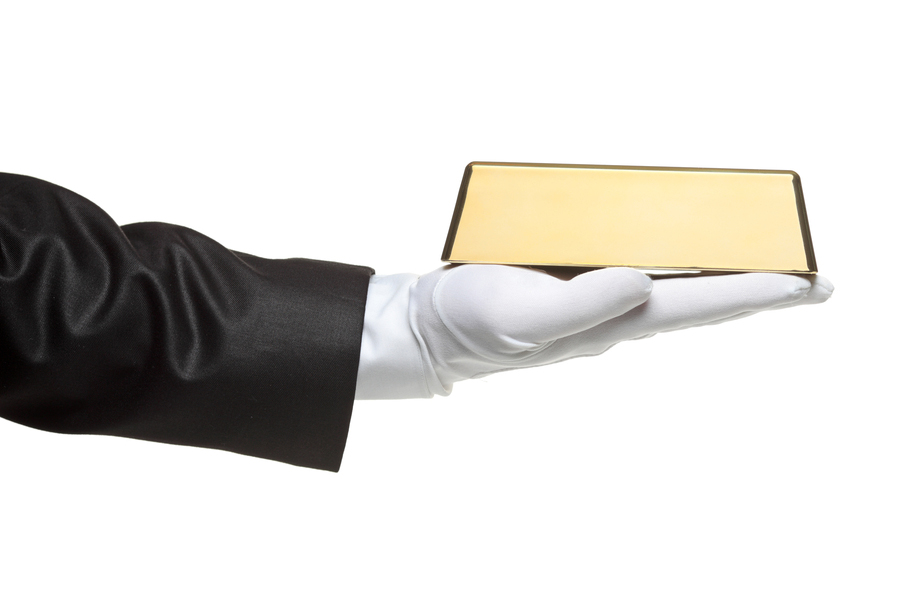A quick civics quiz to start your day. The answers are in italics at the end of each question. (If you read the headline, you’re cheating.)
- When was the General Mining Act, which is still in place, signed into law? 1872.
- Under the General Mining Act, how much do companies pay to stake a claim to extract precious metals on public land? How much in annual maintenance costs thereafter? $189; $140.
- How much do they pay to the government in royalties for each ounce of gold extracted? Silver? Copper? Zero dollars; nada; zilch.
- How much did the government earn in royalties from precious metal extraction last year? Not one fucking penny.
In other words, if your company staked a claim in 1873, and had been mining gold from it continuously, the total cost to your company would have been $19,509. At today’s spot price of $1,715 an ounce, you’d have needed to extract only 12 ounces over the past 139 years to recoup the entire amount you’d paid the U.S. government.

jvleisThis mining operation paid the same amount to the government that a mining company would today, because the system works.
Today, the General Accounting Office will release a report documenting the extent to which the government has been ripped off for more than a century. From The Washington Post:
The GAO report — which estimates that extraction of oil, gas, natural gas liquids and coal on federal and Indian lands produced $11.4 billion in federal revenue last year — said it could not make a similar assessment for hard-rock minerals. Federal agencies generally don’t collect data on the value of hard-rock minerals taken from public land because the only reason to do so would be to calculate royalties, the report states.
Back in 1993, when metal prices were much lower, however, the Interior Department estimated that sales of hard-rock minerals from federal lands totaled $6.41 billion. “This should be front and center of the natural resource agenda for this next administration,” [Sen. Tom Udall (D-N.M.)] said in a phone interview. “These hard-rock minerals belong to the American people, and today we’re quite literally giving our gold and silver away.”
If the 1993 extraction were valued at $6.41 billion, and that’s representative of every year between, say, 1980 and 2012 (which it very much may not be), and the government exacted a 1 percent royalty fee — that’s $2 billion in revenue. Two. Billion. Dollars.
Counterpoint from extractors:
Industry officials say they contribute to the economy even without paying royalties.
Responding to an inquiry last year from [Rep. Raul Grijalva (D-Ariz.)] about the value of uranium that Denison Mines Corp. had extracted from public land, company chief executive Ron F. Hochstein did not divulge any specific figures. But he said the metal ore industry overall accounted for nearly 290,000 jobs and contributed $37.2 billion to the nation’s gross domestic product, according to an industry-commissioned PricewaterhouseCoopers study.
The Federal Reserve puts the number of people employed in non-oil-and-gas mining at about 215,000. But apparently we’re not in the business of holding mining companies accountable for numbers, so who am I to complain?
There have been a lot of rackets in the history of American politics. But this — this massive gift to raw material extractors — is one of the biggest.



